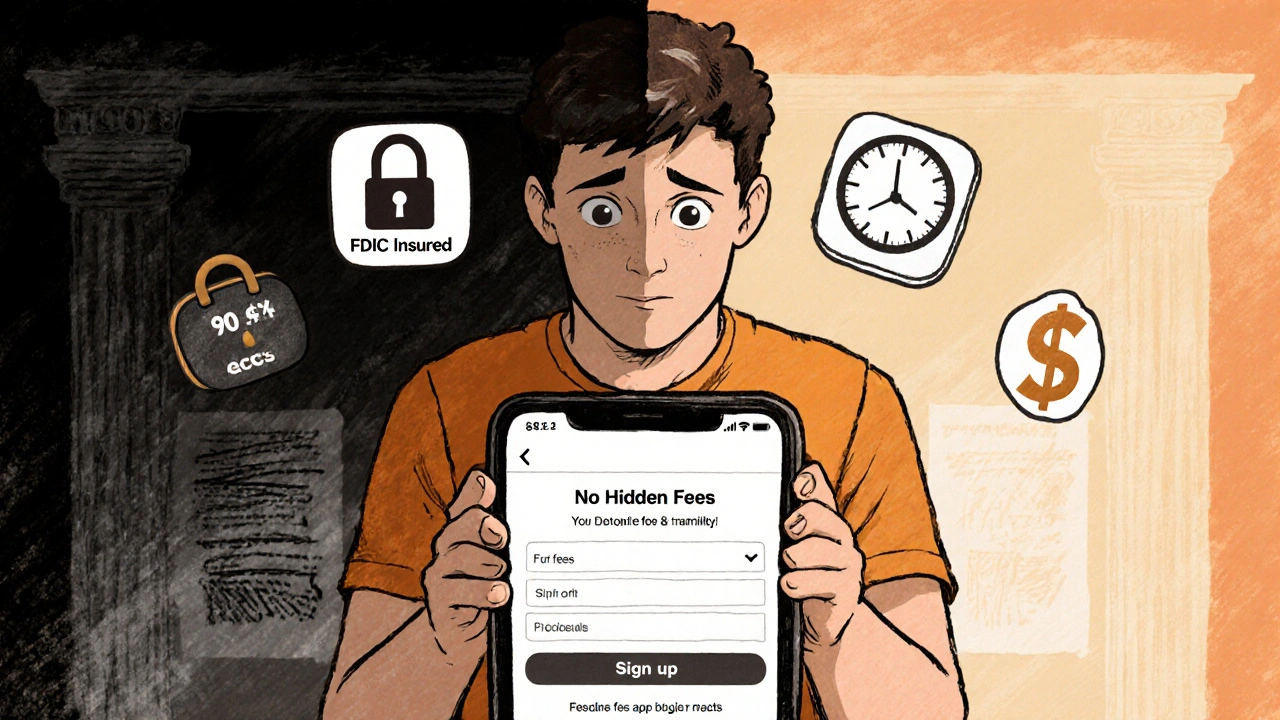Fintech Trust Marketing: How to Build Real Credibility in Digital Finance
When it comes to fintech trust marketing, the strategy of earning customer confidence in digital financial services through transparency, consistency, and emotional resonance. Also known as financial credibility building, it’s not about flashy ads or fake testimonials—it’s about proving you’re safe, fair, and actually working for your users’ benefit. In a world where 68% of people still worry about losing money to scams, trust isn’t a bonus—it’s the only thing that keeps users from deleting your app after one bad experience.
regulatory compliance, the set of legal and operational standards fintech firms must follow to protect consumer funds and data is the foundation. You can’t market trust if you’re not following rules like CASS 7 for client money segregation or MiCA for crypto transparency. Firms that treat compliance as a box-checking exercise fail. Those that make it part of their story—like showing daily reconciliation logs or explaining how synthetic data keeps your info private—earn real respect. And it shows: users stick with platforms that explain their safeguards clearly, not those that bury them in terms of service.
financial transparency, the practice of openly sharing how fees work, where money goes, and what risks exist is the second pillar. People don’t mind paying fees—they mind being tricked. Flat fee financial planning and clear breakdowns of interchange fees in payment networks build trust faster than any ad campaign. When a robo-advisor shows exactly how much you’re paying per $1,000 invested, or a BNPL provider lists every possible late fee upfront, you’re not just being honest—you’re giving users control. That’s the kind of transparency that turns first-time users into lifelong customers.
And then there’s brand loyalty in fintech, the emotional connection users form when a service consistently surprises them with thoughtful, human moments. It’s not about points or discounts. It’s about a surprise credit for a late fee waived because you noticed they were struggling, or a simple notification that says, “You saved $42 this month—nice job.” These moments, like the ones described in surprise and delight credits, don’t cost much but stick with people forever. In fintech, where most apps feel cold and robotic, that warmth becomes your biggest competitive edge.
What you’ll find below isn’t a list of marketing tricks. It’s a collection of real, actionable strategies used by companies that didn’t just grow—they earned their place. From how payment observability reduces failures and builds confidence, to how ESG portfolios align values with automation, these posts show you what trust looks like when it’s built on data, not hype.
Fintech Marketing Strategies for Customer Acquisition: Proven Tactics That Work in 2025
Learn proven fintech customer acquisition strategies for 2025 that build trust, reduce costs, and convert users-backed by real data on referral programs, personalization, and compliance.
View More